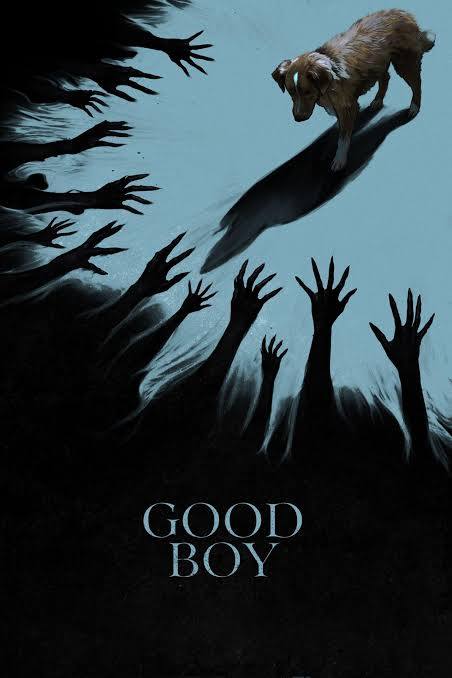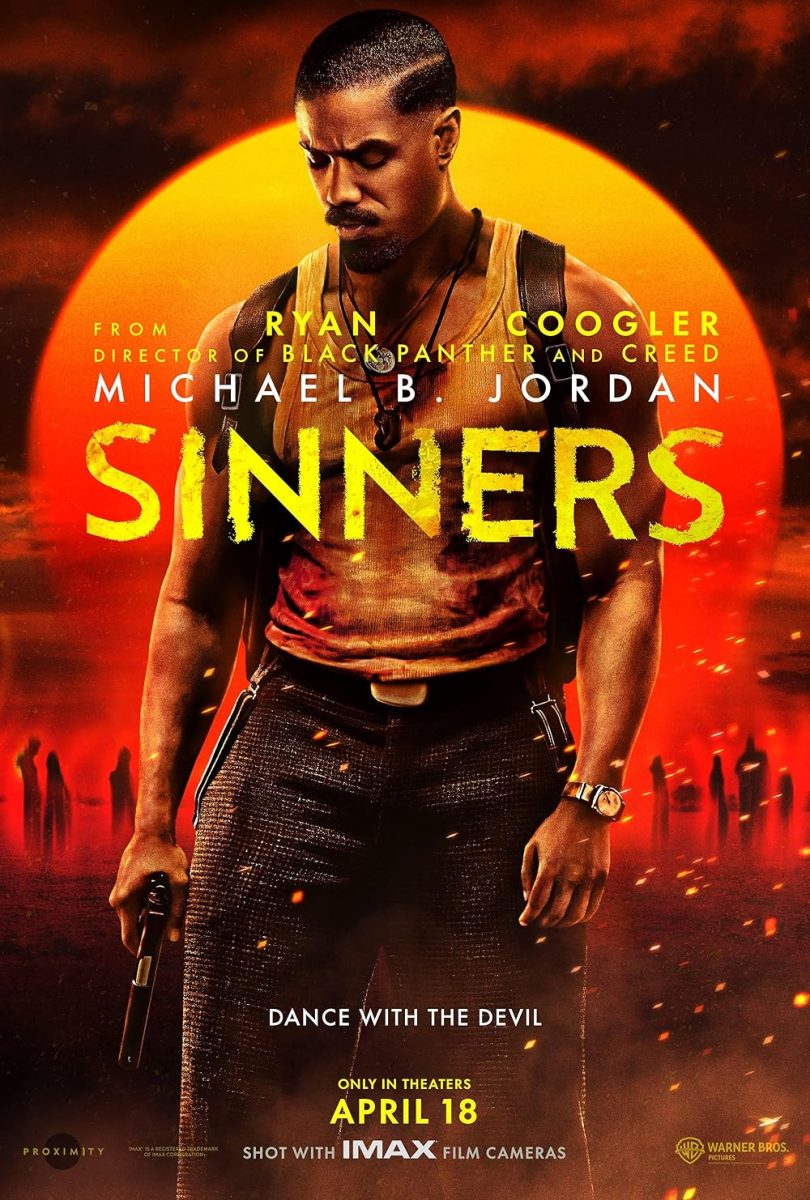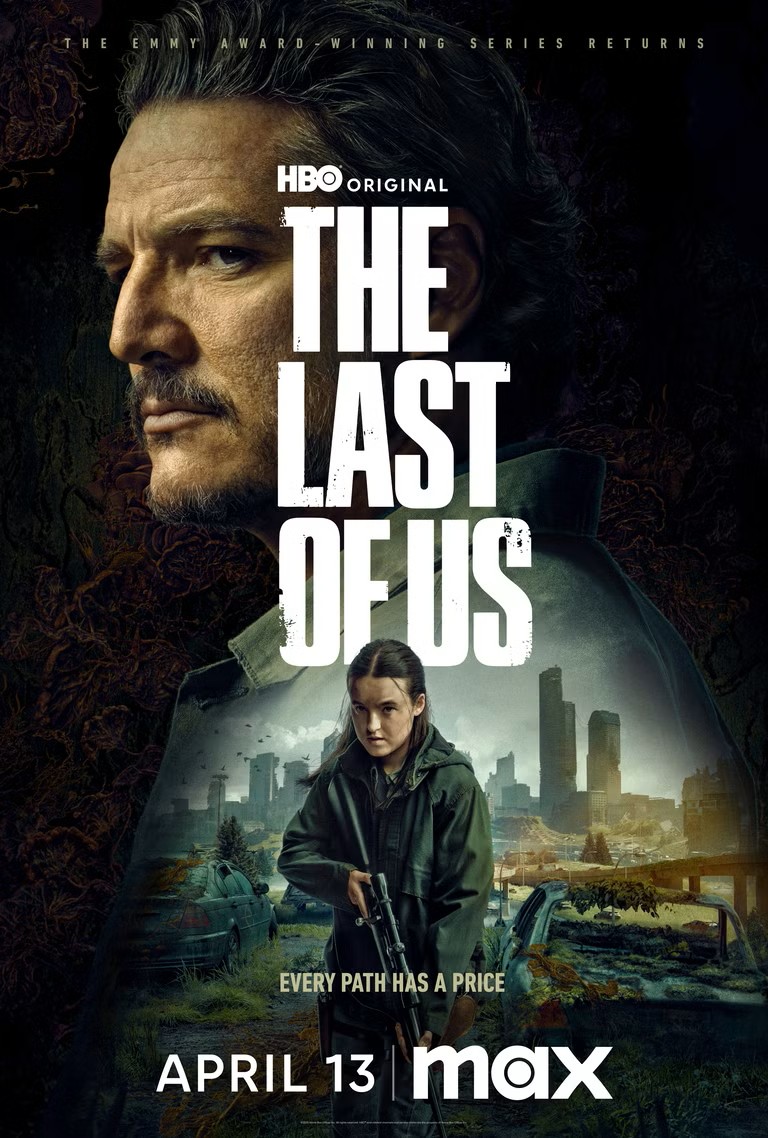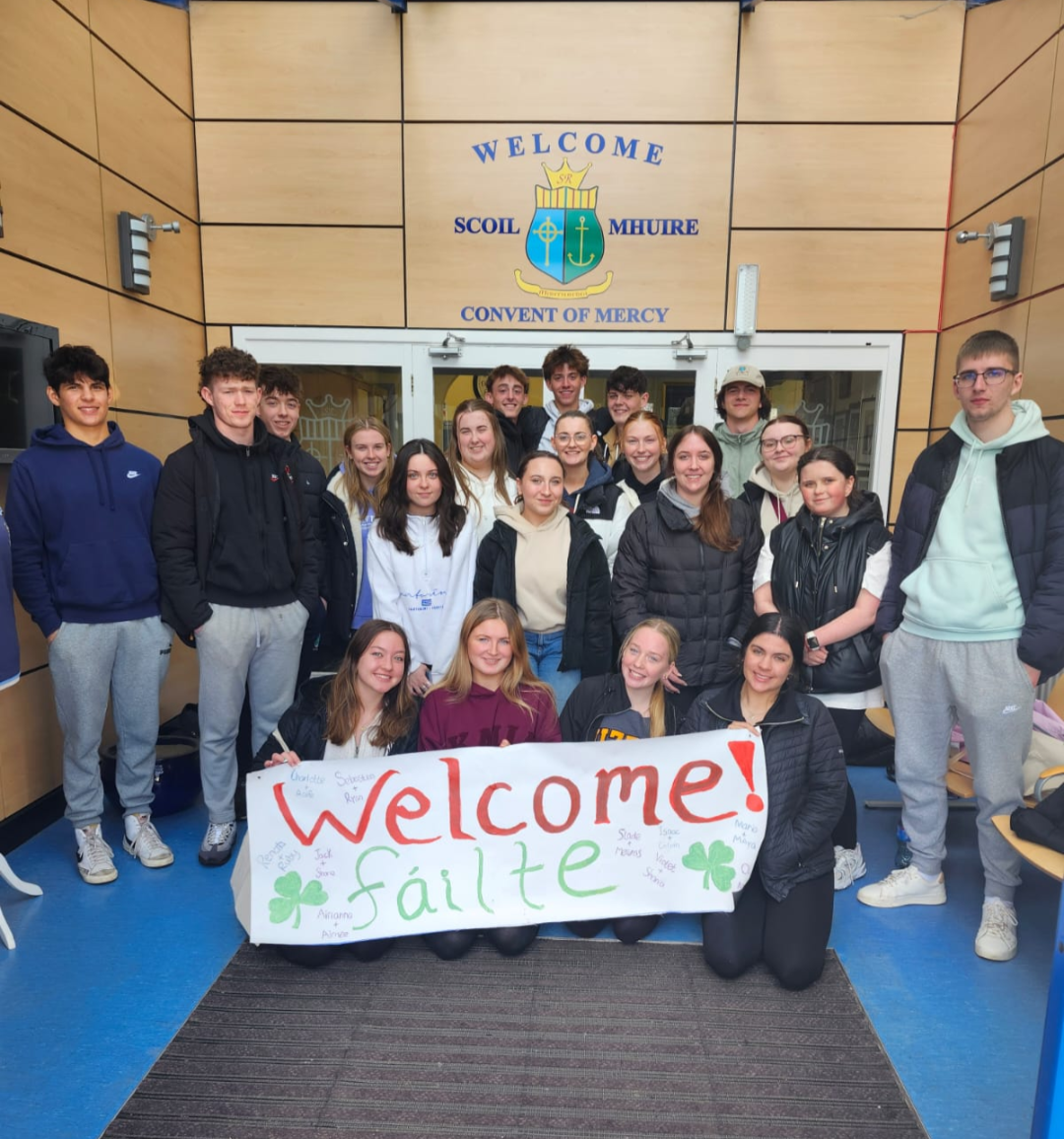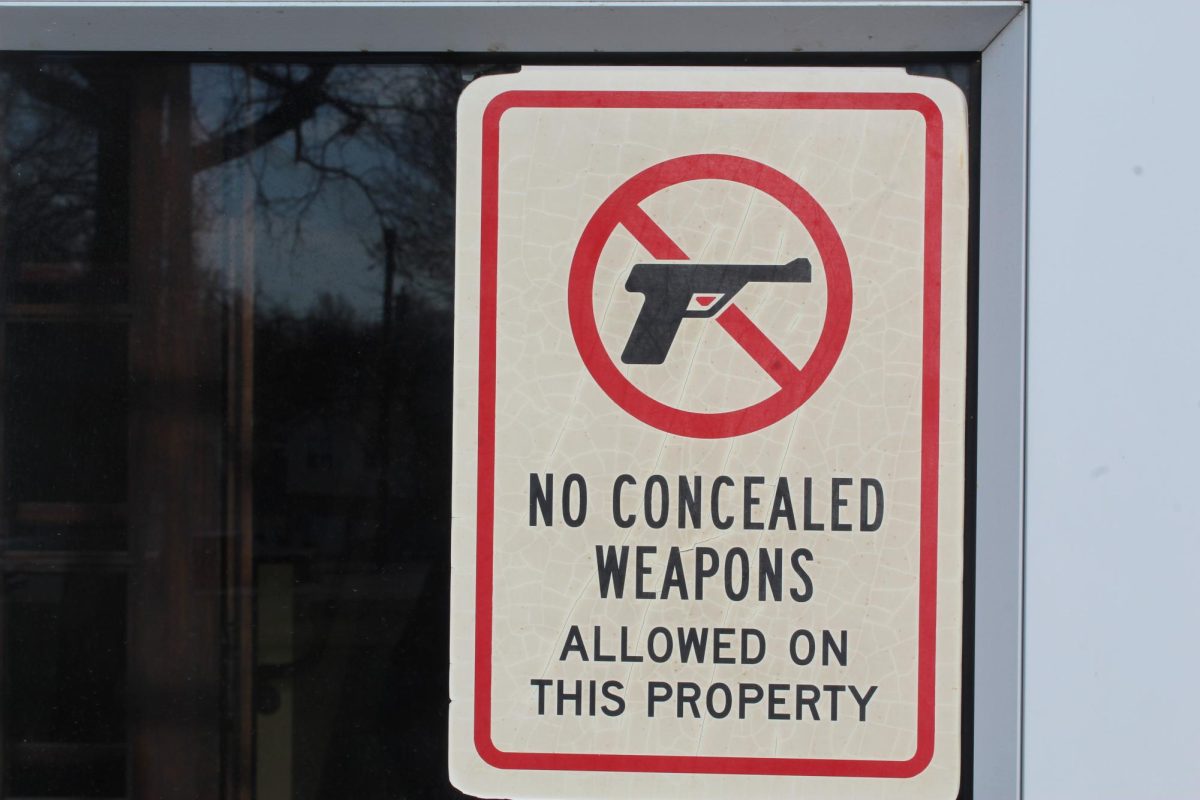Ben Leonberg’s film “Good Boy” tugs at the heartstrings of viewers in all different aspects. From the acting, to the background music, setting, and even the camera angles, this movie pulls the audience in with such simplicity it’s uncanny. The plot relies heavily on that of Indy the dog (Indy), and his owner Todd (Shane Jensen).
Todd suffers from chronic lung disease which causes him to cough up blood as his health deteriorates. At the same time, Indy and he move into Todd’s late grandfather’s old cabin in the woods. In doing so, his sister Vera (Arielle Friedman) worries for Todd’s safety as she believes there is a dark presence taking precedence over the house that lead to the death of their grandfather. This shadowy and sometimes muddy figure roams the halls of the house, striking the attention of Indy.
The movie encapsulates its dark mood through the dreary and rainy days as the film progresses. The scenery that takes place in unlit places such as basements, graveyards, and forests adds to the classic feel of a horror movie. Without much light, I felt on edge throughout the entire film. I felt as though I could connect myself with the characters in a sense that I too could not know what was to happen next with the darkness as my only guidance. As such, the spine tingling sensation of the unknown led to an extra added fright that was certainly caused by the lack of light in each scene.
Another thing Leonberg added to the film that made it even more captivating was the use of camera angles. As the picture was set through Indy’s perspective, I saw the entire movie at the eye level of a dog’s. The faces of other characters were barely featured, which only irked my interest in the movie, if at least to catch a glimpse of their faces. Not only was this interesting, it was unique. The different perspective allowed me to sympathize further with Indy, and add an emotional connection to a character that I never thought existed before. For one thing, I could feel as though I too were right there with Indy the entire time, and for another, I was more affected by the “jump scares” that a classic horror movie has to offer. The careful detail and thought behind this basic stratagem was brilliant and effective, and pulled me deeper into the film with every switch of the lens.
Leonberg’s simple yet compelling filming tactics were taken a step further with the acting. Not only was the cast small, it was personal. The film casts Indy as himself, who had no idea he was in a movie in the first place. Everything felt more real because Indy thought that everything was real. Not only is the dog naturally serious, but he captures the ideal pet that every dog person- and let’s face it- every animal person adores. From his curiosity, to his undying love, Indy’s character is natural and heartfelt in the way any dog would be. Indy wasn’t a natural born star, help from the cast, crew, and his owner who was also the director, created an easy environment for Indy to reach his full potential without any scene feeling forced or rushed. The actors of Todd and Vera embodied the true relationship of sibling bonds, which further created a sense of family and personal connection. The real footage of Indy as a puppy tied the knot for an empathetic and individualized approach to the film. I, for one, was able to relate more and more with the personal connection between Todd and Indy to my own dogs. This connection solidified the feeling of cherishing the relationships I have with my pets, as Todd does with Indy.
The last thing that Leonberg nailed while developing this film was the use of background music. The visual effects were riveting, but wouldn’t have been as much so without the eerie notes playing in the background. Whenever I heard a high-pitched screech from that of a violin, the low notes of a piano, or the slow banging of a drum, I could feel goosebumps rise everywhere on my arms. The music was almost a prediction as to where the scene was going. If it was slower, I could expect suspense, if it was faster with the crashing of the drums mixed with the strum of the violin, I could expect an epic calamity to take place. I appreciated how the music could act as a mirror to what was visually happening. This yet again simple use of filming technique made the motion picture even more dark and warped than what I was originally expecting.
On the other hand, one thing I was slightly disappointed by was the ending. It felt rushed compared to the rest of the movie, and made me feel slightly unsatisfied. The last scene almost felt too easy, and not as dramatic as what I thought the film had set it up to be. I feel as though they could’ve taken several different approaches to the ending, but got tired of filming after three years of hard work. I had hoped for more, but in the end was left with not much to leave off or think on.
In total, the film used their resources well without missing a beat. The good use of these assets made for a simple and understandable watch. The film was overall very enjoyable, and definitely a must see for anyone interested in a good horror movie this fall.
Overall Rating: 8/10



